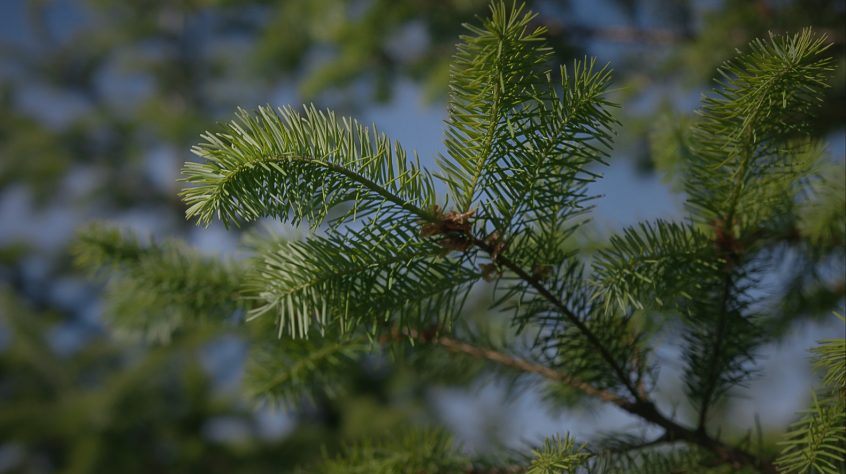The wildfire smoke that permeated Western Washington this summer, and worsening wildfire seasons across the region, have added urgency to extensive efforts to conduct prescribed burns across the state this fall.
State, local and federal authorities are conducting the prescribed burns in Central Washington and Northeast Washington (Ferry, Kittitas, Okanogan, Pend Oreille and Yakima counties) and could happen in other areas of the state as well.
(The state Department of Natural Resources) employs the largest wildfire fighting force in the state – firefighters who have seen first-hand how treated forests help slow the spread of wildfire.
“In treated forests, our rates of spread are a lot lower,” said Austin Marshall, the agency’s fire unit manager in Kittitas County. “Our flame lengths are down lower, so it gives us more time to respond to it, and once we get to the fire, we’re able to get crews in there safely.”
In Central Washington, prescribed fires also help the natural landscape recover from more than a century of human meddling that, over time, made forests susceptible to dangerous megafires.
“Prescribed fire is the right fire, in the right place, for the right reasons,” said Okanogan-Wenatchee National Forest Fire Staff Officer Rob Allen. “It’s a proactive step – a choice to put fire to work for our communities and forests rather than just fight against it year after year.”
After a smoky, fire-filled summer in Western Washington that drew comparisons to post-apocalyptic landscapes from the movies, local experts are now pointing to more fires – in a planned, controlled way – as a solution.
“It’s the kind of investment that will pay off in healthier ecosystems and less wildfire smoke,” fire ecologist and UW professor emeritus Jim Agee said.
Agee has lived in the area for 40 years and said he has never seen such an extended period of time where there was so much smoke and haze west of the Cascades.
He said prescribed burns are key in getting rid of the undergrowth and dead trees that fuel a catastrophic wildfire.
“We’re not going to get rid of smoke altogether,” he said, “but what we’ll do is – we’ll stretch it out and create much less smoke in the long run. Prescribed fires, for example, typically create a lot less smoke than wildfires.”
A coalition of state, local and federal agencies are conducting prescribed burns near Cle Elum this week and also getting field and classroom training. The agencies include DNR, the U.S. Forest Service, the federal Bureau of Land Management, the Roslyn Fire Department, Kittitas County Fire District 1, the National Park Service, and the British Columbia Wildfire Service.
“Every fall and every spring we take advantage of the opportunities we have to put fire back on the ground in the right ways to protect our communities and restore our forests,” said Holly Crake who is with the (U.S.) Forest Service.
Hotter temperatures and drier conditions are two leading causes of catastrophic wildfires that have become all too common in Washington State.
“Multiple communities across the state this summer lived in dense wildfire smoke and it was unhealthy for sensitive groups all the way to hazardous,” said Crake. “Prescribed fire is one of the best and most cost-effective tools in our tool box to stop living that way.”
That’s what was happening on 33 acres just outside Roslyn on Thursday – a prescribed burn – that in the long run will help forest health. This year, the DNR wants to treat 70,000 acres of land in Washington. Then over the next 20 years, the agency would like to burn and thin 1.25 million acres across the state to restore our forests to a more resilient and natural condition.
“We have spent over a billion dollars in fighting fires in the last 5 years alone,” said (State Public Lands Commissioner Hilary Franz).
She adds doing this type of prevention work will not only reduce fire on the landscape but also protect our communities, rural livelihoods and forest ecosystems.
“The goal is to reduce wildfires over time significantly and hopefully reduce the smoke and return our summers back to people in Washington.”
